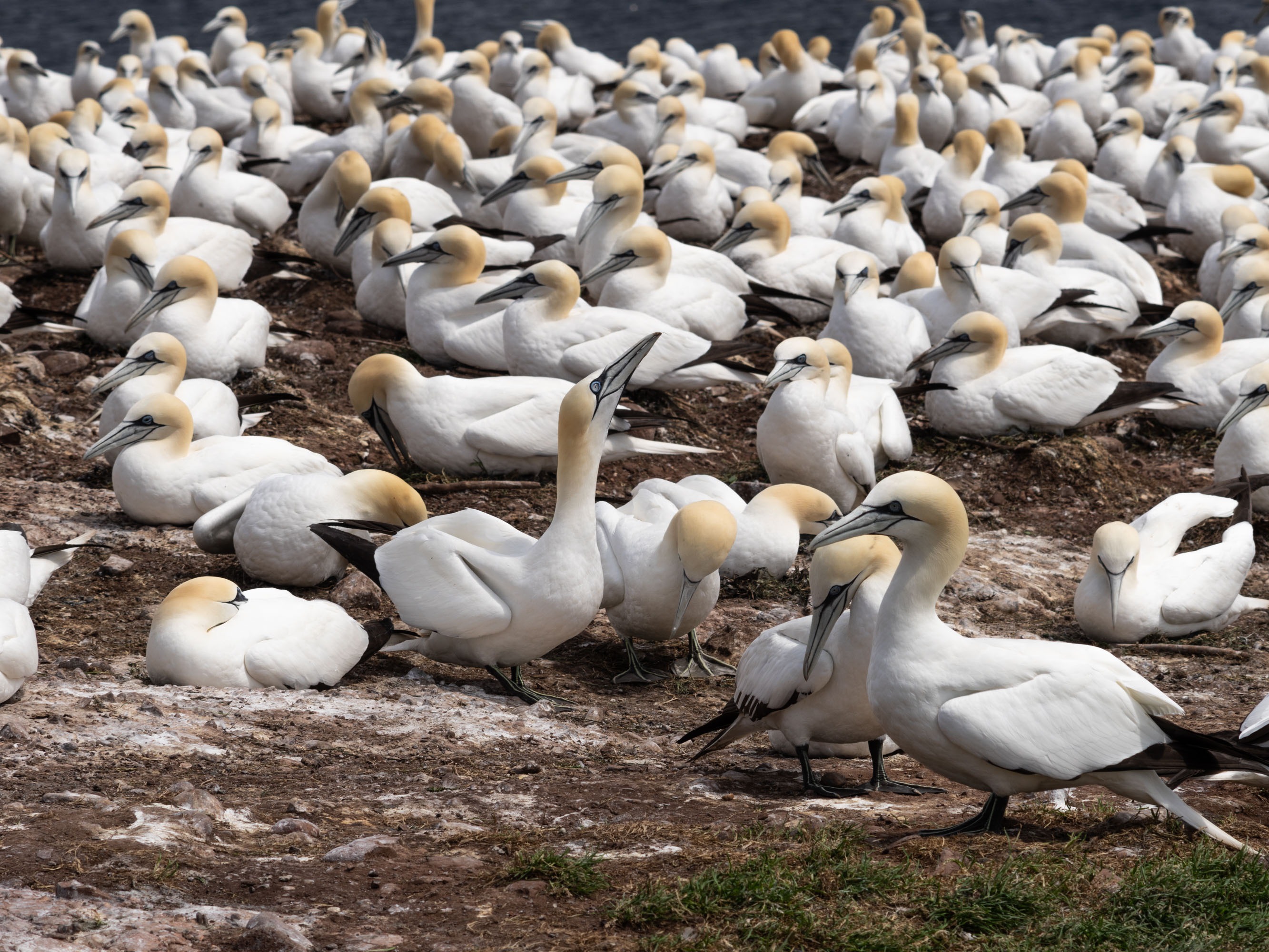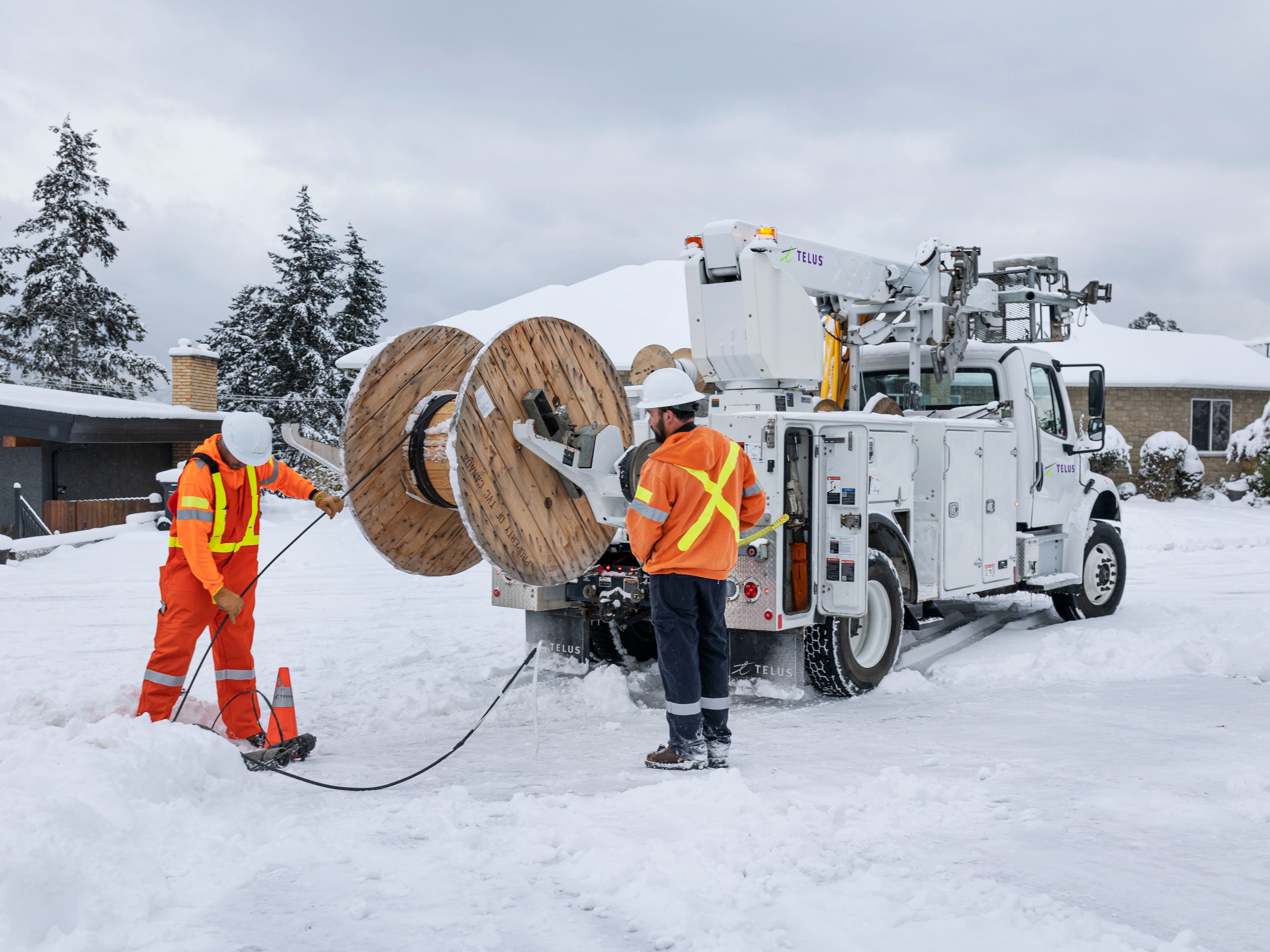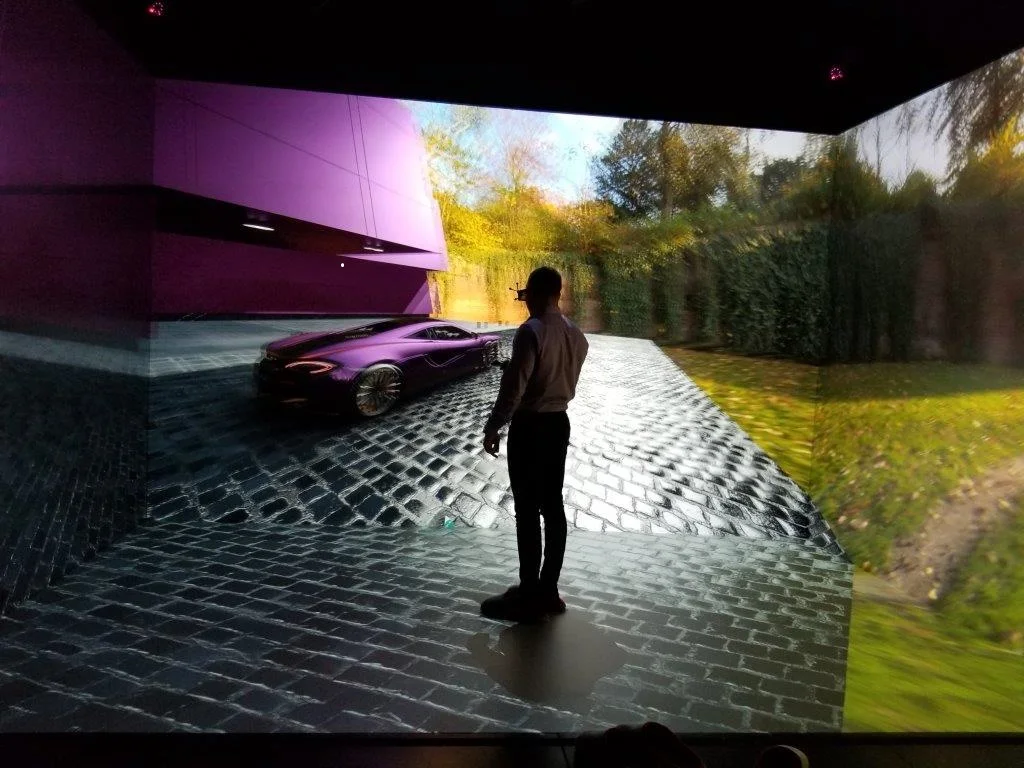
Connecting Canadians
As borders open, Windsor-Detroit connection stronger than ever
(Above) The VR CAVE in Windsor is a specially designed visualization space that creates an immersive virtual environment in which one can run simulations, such as virtual drive scenarios using a driving simulator while wearing VR glasses strapped into VR headsets and sensors. PHOTO COURTESY OF INVEST WINDSORESSEX
Windsor and Detroit have always shared a strong connection.
So close are the two cities they are often considered as one, with a border in between. In the days before the coronavirus approximately 12,000 vehicles passed daily through the Windsor-Detroit Tunnel, among the busiest crossings in North America, as residents on both sides regularly headed to “the other side” to attend a baseball game, see friends and family, or try a new restaurant.
The cities also share a dominant industry, both acting as the automotive capitals of their respective countries. There is deep reliance on each other’s expertise in the making of a vehicle. In fact, the average automotive part crosses the border six times before rolling off the assembly line.
Now that COVID restrictions between Canada and the U.S. have lifted, residents and businesses are eager to resume life as a bi-national community.
And with TELUS 5G now available in the tunnel, travellers will discover that their connection is stronger than ever before.
The new wireless connectivity comes after two years of preparation in partnership with the Windsor-Detroit Tunnel Corporation, the body that owns the Canadian side of the tunnel. Construction of this innovative cell site began in early 2021. It was completed in July, enabling lightning-fast wireless connectivity with speeds up to 1.7 Gbps – even 23 metres (75 feet) under the Detroit River.
For drivers and passengers using the tunnel – including the many healthcare workers who’ve tirelessly made the crossing throughout the pandemic – that can mean a much greater sense of security and safety in case of an emergency. The powerful network connectivity also allows for uninterrupted music or podcast streaming, and use of travel apps such as Waze and Google Maps.
It’s one of several future-forward projects TELUS has undertaken in Windsor as the tech company remains on track to deploy its 5G coverage to 70 per cent of the Canadian population by the end of the year.
Turns out, the region is the perfect testing ground for the next-generation network.
“Every city has streets and sidewalks and pedestrians and stop lights,” says Windsor Mayor Drew Dilkens. “But the big advantage that we have is the international border crossing that we own.”
Strong digital policy is missing from Canada’s climate strategy, and presents an opportunity to lead on global climate action.
Driving into a digital world
The Windsor-Detroit Tunnel offers Windsor the opportunity to lead on testing autonomous vehicles across an international border. That work has alreadybegun, and is expected to expand as network capacity increases. In the case of autonomous driving, vehicle-to-everything (V2X) communication – the car’s interactions with other vehicles and infrastructure like street lights and tolls – requires 5G, which is distinguished from previous wireless generations by ultra-low latency, lightning-fast speeds, virtually endless data capacity and stable connectivity.
The city has leapt in with an innovative project that will allow further testing of autonomous vehicles using virtual reality (VR) technology to create a “digital twin” of the Windsor-Detroit tunnel.
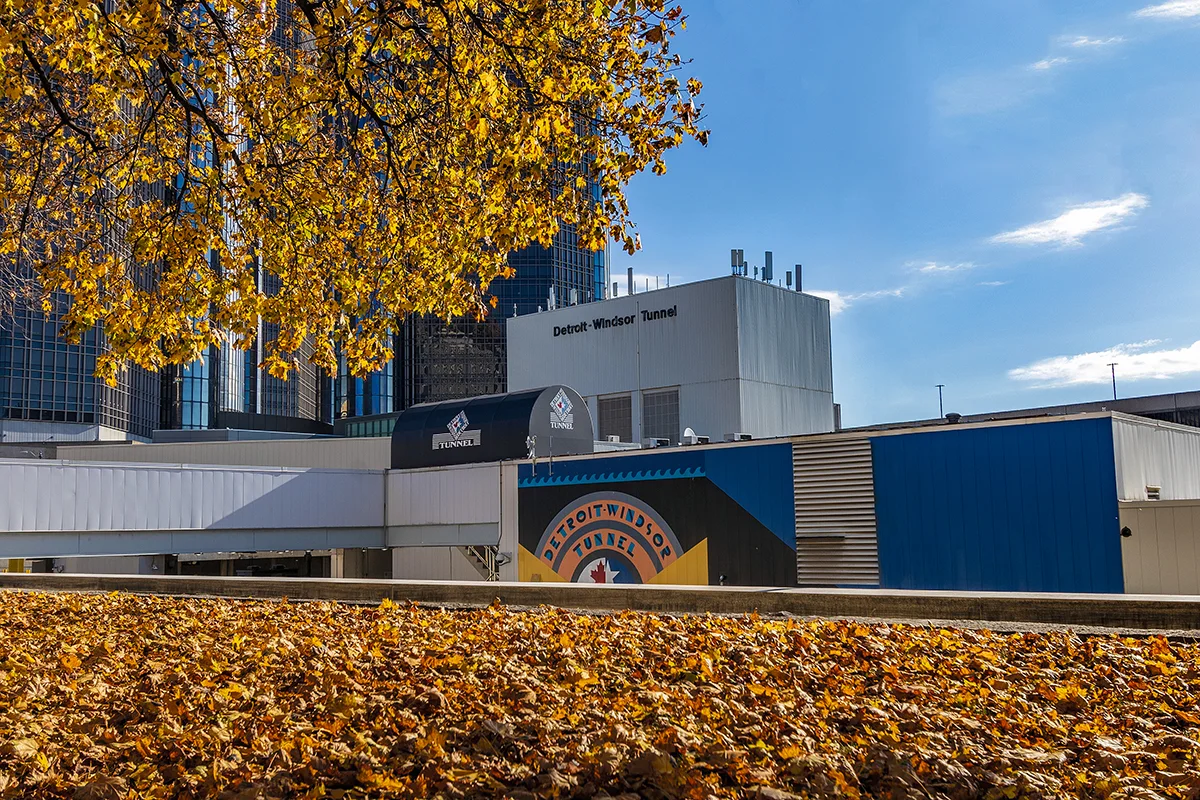
With TELUS 5G, the Windsor-Detroit Tunnel offers Windsor the opportunity to lead on testing autonomous vehicles across an international border – something the city has been eager to take advantage of for years. PHOTO BY BRYAN POLLARD, SHUTTERSTOCK
In this case, Invest WindsorEssex worked with local company CMF Group, Windsor’s own St. Clair College and University of Windsor to complete a lidar digital rendering of the tunnel, which was then recreated in the VR CAVE located at Invest WindsorEssex’s Automobility and Innovation Centre. The VR CAVE is a specially designed visualization space featuring five four-foot by 15-foot screens that create an immersive virtual environment in which one can run simulations, such as virtual drive scenarios using a driving simulator while wearing VR glasses strapped into VR headsets and sensors.
The experience provides users with a risk-free opportunity to validate new technology in a 5G environment prior to deploying it in the Windsor Detroit tunnel, by creating a virtual sandbox in which to test the most high-risk and complicated 5G use-cases – the movement of autonomous vehicles from one political jurisdiction to another, as well as from a network in one country to another
“When you put the headset on, then you're moving into that virtual world,” says Mayor Dilkens. “It's really interesting because the technology allows you to sit in a car and you can get a feel for what the interior of a vehicle looks like and put your hands out like you're touching the steering wheel, all as you're sitting in this digitally created space.”
Among the first involved was TELUS, which Stephen MacKenzie, President and CEO at Invest WindsorEssex, notes has been a strong partner for several years in the region when it comes to future-proofing the city via 5G wireless connectivity.
The partnership is part of a broader commitment by TELUS to the province. The company has also committed to expanding its 5G technology using current spectrum holdings to 24 communities across Ontario by the end of 2021. Since 2000, TELUS has invested $53 billion in infrastructure and operations in the province, and has committed an additional $17 billion through 2024.
Future of transportation
Last year, TELUS announced a strategic partnership with St. Clair College and UWindsor to create a 5G Connected Campus, providing complementary connectivity to students, faculty, and researchers, and collaborating on research projects to further understanding and use cases of 5G technologies.
Working with Invest WindsorEssex, the City of Windsor, and TELUS, both postsecondary institutions are also able to utilize the digital twin of the tunnel. Once complete, UWindsor will use the digital twin for research into automotive cybersecurity, which is the main focus of the university’s SHIELD Automotive Cybersecurity Centre of Excellence.
Tom Schnekenburger, a data and mobility science project manager in a shared role between Invest WindsorEssex and the two postsecondary institutions, says cybersecurity in mobility is an under-discussed issue.
“It’s one of the very specific niches that doesn't get talked about enough and it's the one that should be talked about most, because it could disrupt everything from food supply chains to getting to and from work,” says Schnekenburger.
The end goal of the digital twin is to provide Windsor with leading-edge autonomous testing capabilities in a unique border environment.
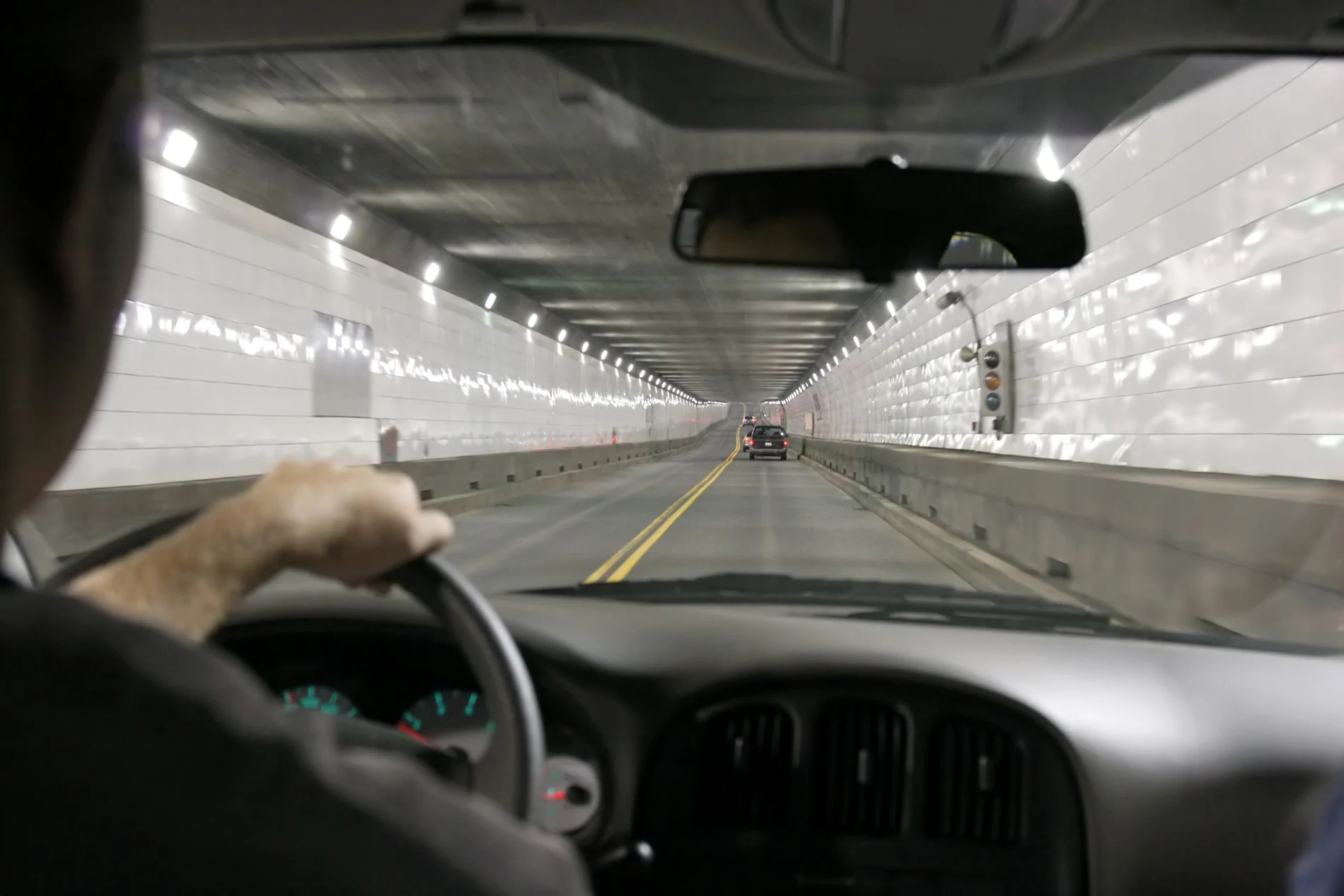
For drivers and passengers using the tunnel – including the many healthcare workers who’ve tirelessly made the crossing throughout the pandemic – TELUS 5G can mean a much greater sense of security and safety in case of an emergency. PHOTO BY VLADIMIR MUCIBABIC, SHUTTERSTOCK
“We're very cognizant that the automotive industry is changing at a rapid pace,” says MacKenzie. “With this project, and the partnership with TELUS, we become leaders of disruption and not victims of it. This strategy allows us to realize the significant economic benefits locally and transition our economy into the automobility space.”
In a few years, Mayor Dilkens says he expects Windsor will have grown its expertise in virtual environments and automobility to the extent that more companies will turn their attention to the area for testing. Proof a border crossing can be managed safely and efficiently by automated vehicles also promises to put the region on the global map as communities, and countries, make the leap into the future of transportation.
Says Dilkens: “Every advancement in 5G innovation brings us closer to making the first fully autonomous vehicle international border crossing a reality.”

Help protect the environment
Better digital policies will support our collective journey to net-zero.
